India has the proud privilege of having the most successful cooperative in the world. The cooperative is AMUL or Gujarat Cooperative Milk Marketing Federation (GCMMF). The story of Amul began in 1946 when a few enterprising farmers from the village of Anand in Gujarat set up the Kaira District Milk Cooperative Union. The cooperative was launched by the farmers to free themselves of middlemen, gain access to markets and get good rewards for their efforts. Today, this cooperative is worth around Rs.2200 crores and has a network of 2.12 million farmers. Even large corporates like Hindustan Lever, Nestle and Britannia had to play second fiddle to AMUL in the milk products sector. In the process AMUL catapulted India to the number one spot in terms of milk production in the world. The success story of AMUL is being replicated all over India by other dairy cooperatives. An area where cooperatives are successfully competing against corporates in India is the fertilizer sector. In the early years after independence, fertilizer production was undertaken mainly by the private sector and the public sector. This was to change soon with the establishment of IFFCO, a cooperative, which wanted to produce and market fertilizers. The man behind IFFCO was Paul Pothan. It began its journey in 1967 with an initial membership of 57 cooperative societies. The share capital at the commencement of business was just above Rs.0.5 million. The last four decades has seen membership increase to 37381 cooperative societies with a share capital of above Rs.4200 million. Another success story in the field of fertilizer cooperative is KRIBHCO. This cooperative had its birth in 1980. KRIBHCO now consists of 6044 cooperatives – mainly Primary Agricultural Cooperative Societies. Its main products are ammonia, urea, seeds and biofertilizers.
Global Business Process Outsourcing: Concepts and Practices
Business Process Outsourcing ...
$31.50
$35.00

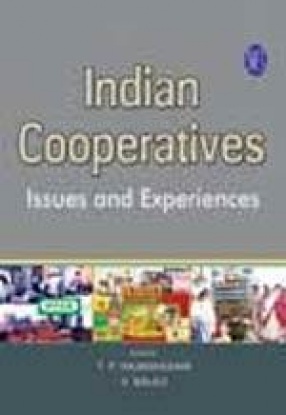
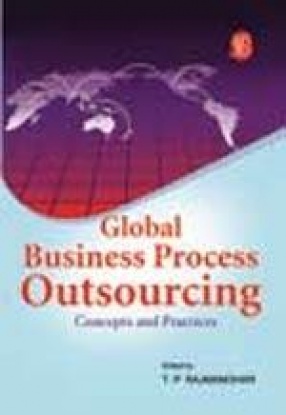

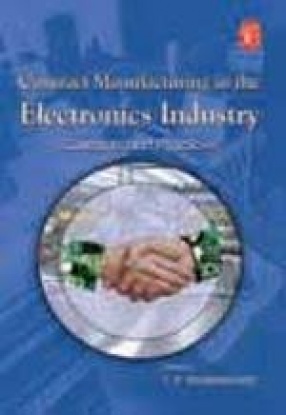
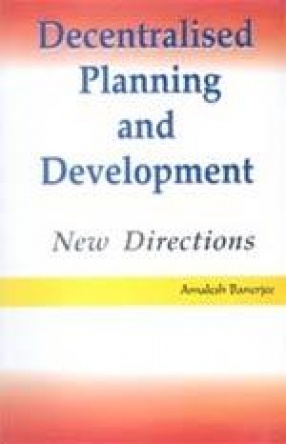
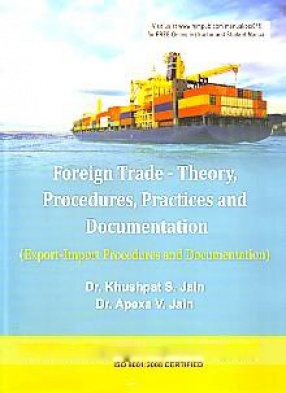
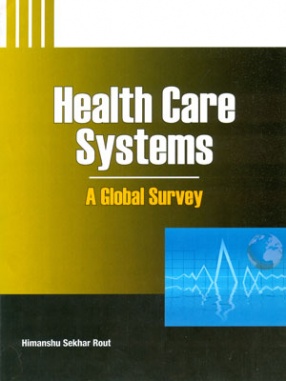
There are no reviews yet.